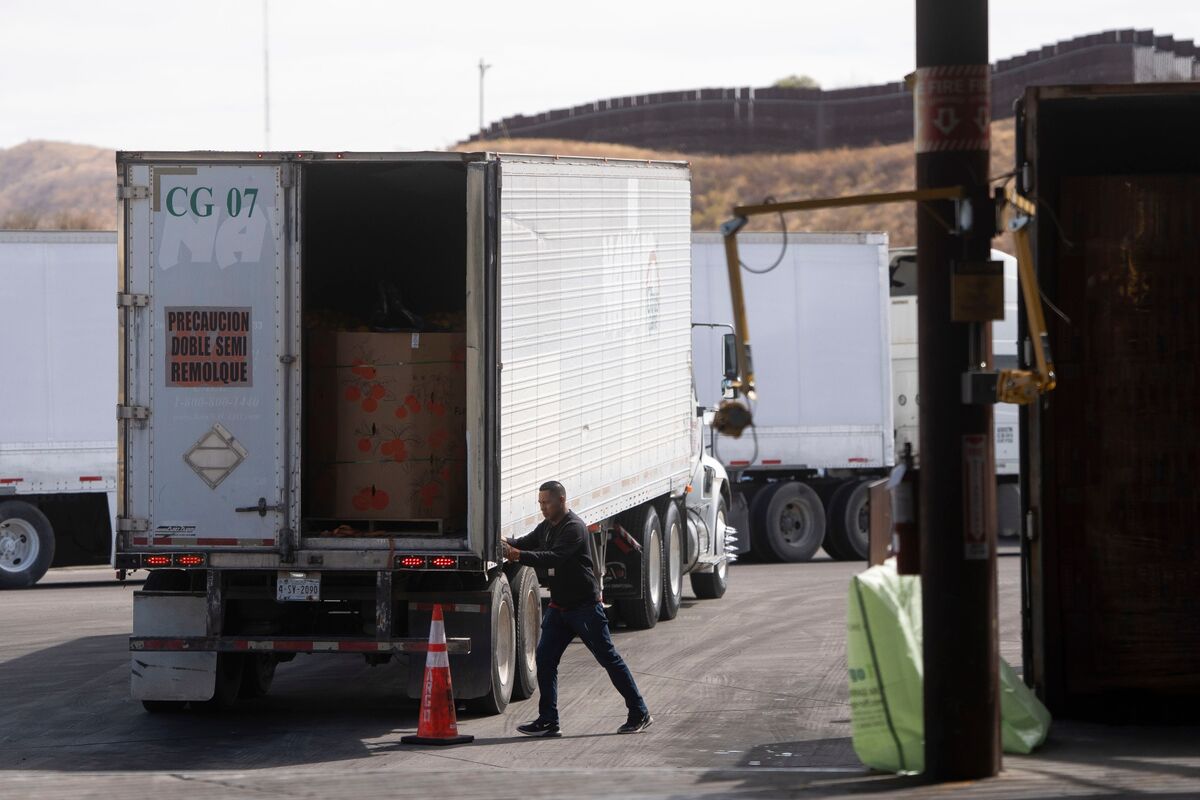Tangled in Tariffs: How Trump's Trade War Strangled American Business

In a stark twist of irony, Donald Trump's pledge to cut bureaucratic red tape for businesses has instead created a complex web of regulatory challenges. What was once promised as a streamlined path for American companies has morphed into an intricate maze of tariffs and trade restrictions that are increasingly strangling corporate flexibility and growth.
The former president's trade policies, particularly his aggressive tariff regime, have paradoxically resulted in more administrative hurdles and complexity for businesses, directly contradicting his original promise of reducing regulatory burden. Companies now find themselves navigating a labyrinth of trade restrictions, import taxes, and international economic tensions that have made operational planning significantly more challenging.
What began as a strategy to protect American economic interests has instead created additional layers of bureaucratic entanglement, forcing businesses to invest more resources in understanding and complying with an ever-shifting trade landscape. The very deregulation Trump championed has been overshadowed by a new form of economic red tape that continues to challenge American enterprises.







